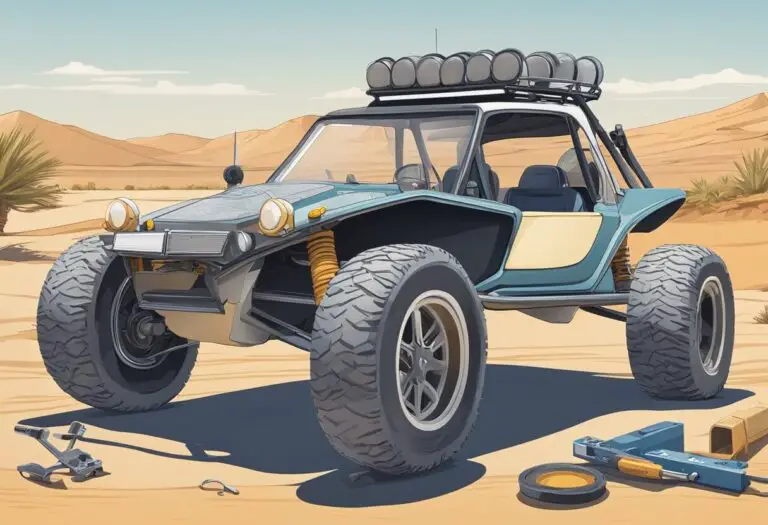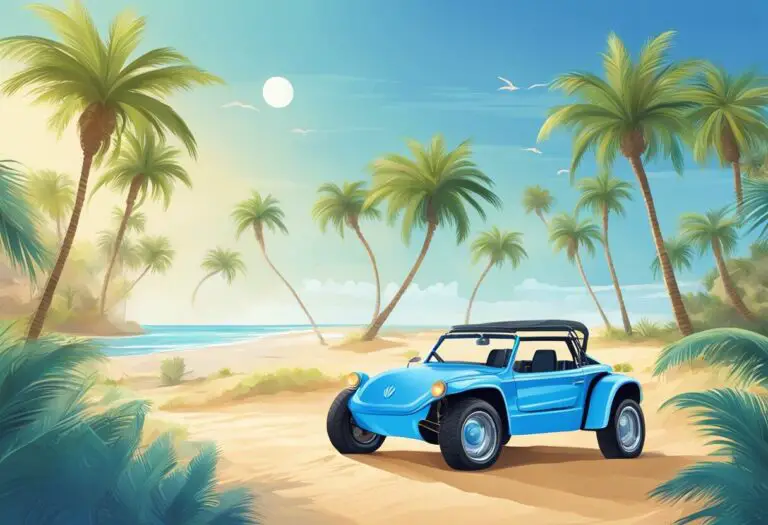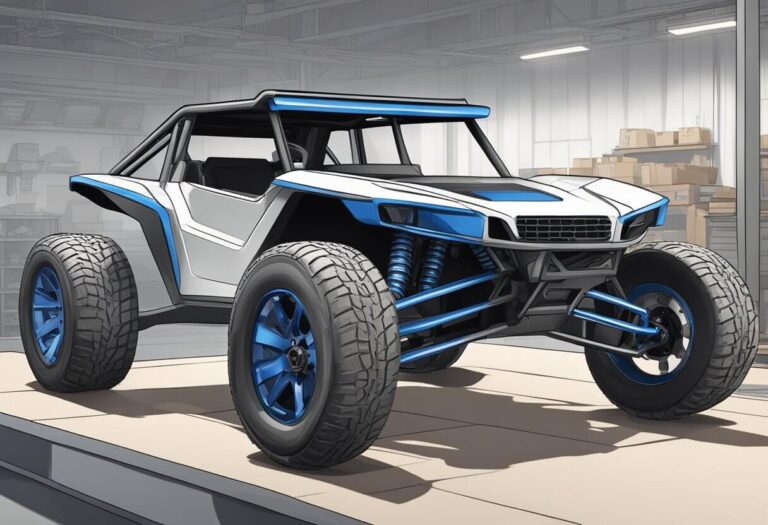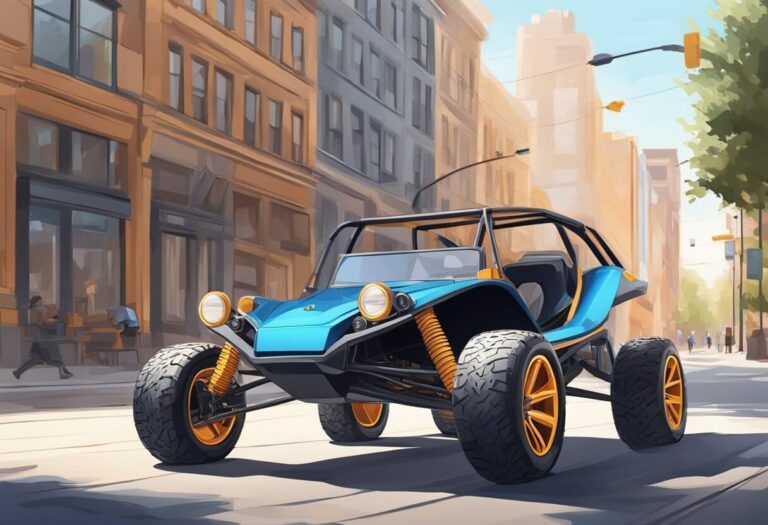Dune Buggy Kit Car: A Comprehensive Guide to Building Your Own Off-Road Vehicle
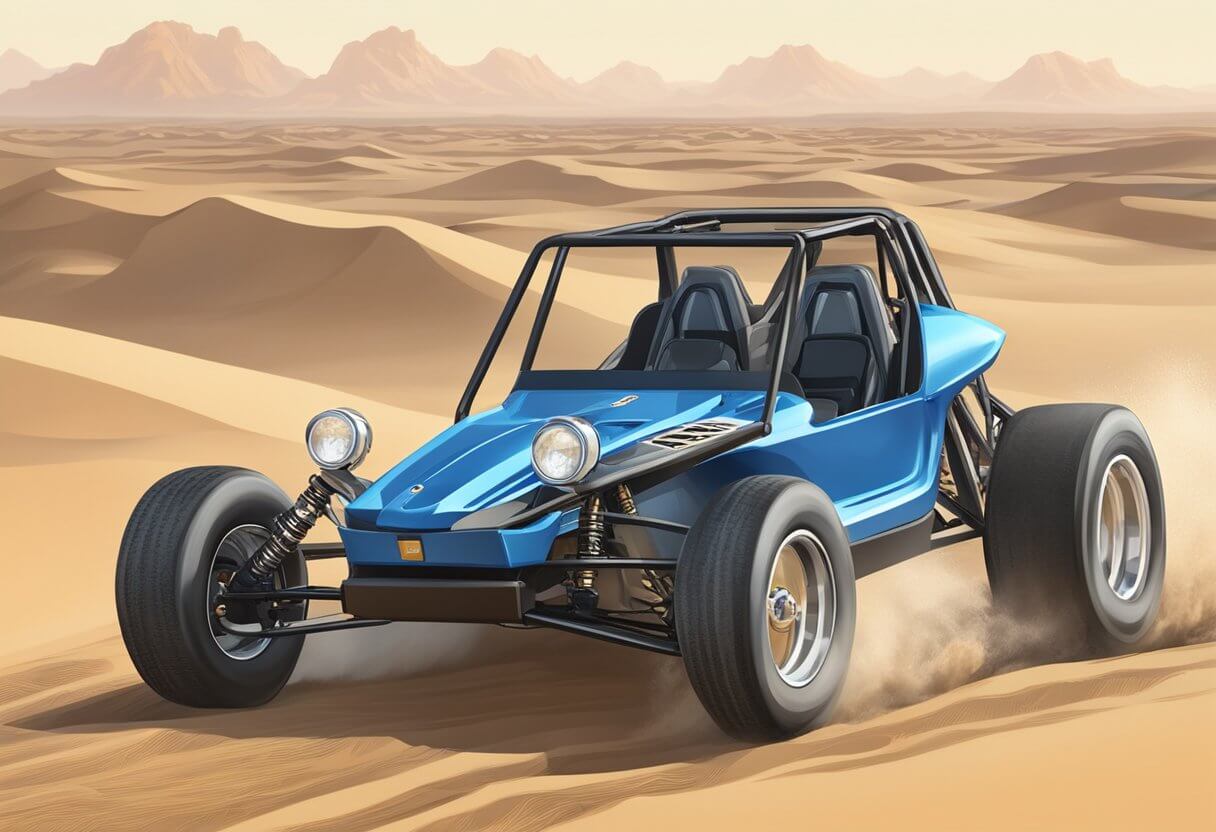
Dune buggy kit cars are a unique and exciting way to experience off-road driving. These vehicles are designed to be lightweight, nimble, and capable of handling a wide range of terrain. Dune buggies have a long and storied history, dating back to the 1960s when they first gained popularity in California. Today, there are many different types of dune buggy kit cars available, each with its own set of features and capabilities.
If you’re interested in building your own dune buggy, there are a few things you should know. First and foremost, you’ll need to choose the right type of kit for your needs. There are many different types of dune buggy kits available, ranging from simple, basic kits to more advanced, high-performance models. You’ll also need to consider the various components that make up a dune buggy, including the frame, suspension, engine, and transmission.
Building a dune buggy can be a challenging and rewarding experience, but it’s important to approach the project with care and attention to detail. Safety should always be a top priority, and you’ll need to make sure that your vehicle meets all relevant legal requirements. With the right planning, preparation, and guidance, however, you can build a dune buggy that will provide you with years of off-road adventure and enjoyment.
Key Takeaways
- Dune buggy kit cars are a fun and exciting way to experience off-road driving.
- There are many different types of dune buggy kits available, each with its own set of features and capabilities.
- Building a dune buggy requires careful planning, attention to detail, and a focus on safety.
History of Dune Buggy Kit Cars
Dune buggies have been around for over half a century and are a popular choice for off-road enthusiasts. The first dune buggy was built in the 1964s by Bruce Meyers, who was a boat builder and surfer. He designed the Meyers Manx, which was the first fiberglass dune buggy kit car. The kit car was based on the shortened chassis of a Volkswagen Beetle and was designed for desert racing.
The popularity of dune buggies grew quickly, and many companies started producing kit cars in the 1960s. One of the most popular was the “Sportster” kit car, which was created by Joe Vittone, the owner of a Volkswagen factory. The kit car was made mostly of sheet metal and was easy to assemble, making it a popular choice for DIY enthusiasts.
In the 1970s, the popularity of dune buggies started to decline due to new safety regulations. However, many enthusiasts continued to build and customize their own dune buggies, and the popularity of kit cars has continued to this day.
Today, there are many different types of dune buggy kit cars available, ranging from classic designs to modern, high-performance models. Some of the most popular brands include the Meyers Manx, the Berrien Buggy, and the Karma Industries Sand Rail. Kit cars are a great way for enthusiasts to customize their own off-road vehicle and enjoy the thrill of driving on sand dunes and other challenging terrain.
Types of Dune Buggy Kit Cars

Dune buggy kit cars come in various types, each with its unique features and specifications. Here are the three most common types of dune buggy kit cars:
Street Legal Kits
Street legal dune buggies are designed to be driven on public roads. These buggies come equipped with features such as headlights, taillights, turn signals, and seat belts to comply with road safety regulations. Street legal dune buggies are perfect for those who want to enjoy the thrill of off-road driving while also being able to drive their buggy on the streets legally.
Off-Road Kits
Off-road dune buggy kits are designed for off-road use only. They are not street legal and are intended for use on private property or designated off-road trails. These buggies are built to handle rough terrain and come equipped with features such as high ground clearance, off-road tires, and heavy-duty suspension systems.
Racing Kits
Racing dune buggy kits are designed for off-road racing. They are built to be lightweight and fast, with features such as aerodynamic body designs, high-performance engines, and racing suspension systems. These buggies are not street legal and are intended for use on designated off-road racing tracks.
Overall, the type of dune buggy kit car you choose will depend on your intended use. Whether you want to drive on public roads, tackle rough off-road terrain, or compete in off-road races, there is a dune buggy kit car that will meet your needs.
Components of a Dune Buggy Kit

When it comes to building a dune buggy, there are several components that must be considered. These include the chassis and frame, engine and transmission, suspension and brakes, body and aesthetics, and wheels and tires. Each of these components plays a crucial role in the overall performance and appearance of the dune buggy.
Chassis and Frame
The chassis and frame of a dune buggy are the foundation of the entire vehicle. They provide the necessary support and structure for all other components. The frame is typically made of steel or aluminum, while the chassis can be made of a variety of materials, including fiberglass or carbon fiber. The chassis and frame must be strong and durable enough to withstand the rigors of off-road driving.
Engine and Transmission
The engine and transmission are the heart and soul of any vehicle, and a dune buggy is no exception. The engine must be powerful enough to propel the vehicle over sand and rough terrain, while the transmission must be able to handle the demands of off-road driving. Many dune buggy kits come with a pre-built engine and transmission, while others require the builder to source their own.
Suspension and Brakes
The suspension and brakes of a dune buggy are critical for both performance and safety. The suspension must be able to absorb the shock of rough terrain, while the brakes must be able to bring the vehicle to a stop quickly and safely. Many dune buggy kits come with pre-built suspension and brake systems, while others require the builder to source their own.
Body and Aesthetics
The body and aesthetics of a dune buggy are what give it its unique look and style. Many dune buggy kits come with pre-built bodies, while others require the builder to create their own. The body can be made of a variety of materials, including fiberglass or carbon fiber. Aesthetics such as paint color, decals, and accessories can also be customized to the builder’s preferences.
Wheels and Tires
The wheels and tires of a dune buggy are specifically designed for off-road driving. The tires must be able to grip the sand and provide traction on rough terrain, while the wheels must be strong enough to withstand the demands of off-road driving. Many dune buggy kits come with pre-built wheels and tires, while others require the builder to source their own.
In conclusion, building a dune buggy requires careful consideration of all the components involved. Each component plays a crucial role in the overall performance and appearance of the vehicle. By choosing the right components and customizing them to their preferences, builders can create a unique and high-performing dune buggy that is sure to turn heads.
Building Your Dune Buggy
Tools and Equipment Required
Before starting the assembly process, it is important to have all the necessary tools and equipment. Here are some of the essential tools required for building a dune buggy:
- Socket set
- Wrench set
- Screwdrivers
- Pliers
- Wire cutters/strippers
- Drill
- Jigsaw
- Welder
- Paint gun
Having the right tools will make the assembly process smoother and quicker. It is recommended to invest in good quality tools to ensure a better outcome.
Assembly Process
The assembly process of a dune buggy kit car can be broken down into several steps. Here are some general steps to follow:
- Start by assembling the chassis according to the manufacturer’s instructions.
- Install the engine and transmission onto the chassis.
- Install the suspension components.
- Install the wheels and tires.
- Install the brakes and brake lines.
- Install the electrical components such as the battery, wiring harness, and lights.
- Install the body onto the chassis.
- Paint and finish the body.
It is important to follow the manufacturer’s instructions carefully and take your time during the assembly process. Double-checking each step can help prevent mistakes and ensure a safe and functional dune buggy.
Customization Tips
One of the benefits of building a dune buggy kit car is the ability to customize it to your liking. Here are some customization tips:
- Choose a unique paint color or design to make your dune buggy stand out.
- Install custom seats for added comfort and style.
- Upgrade the sound system for a better audio experience.
- Add additional lighting for better visibility during night rides.
- Install a roll cage for added safety during off-road adventures.
It is important to keep in mind that any customization should not compromise the safety or functionality of the dune buggy. Always consult with a professional if unsure about any modifications.
Legal Considerations
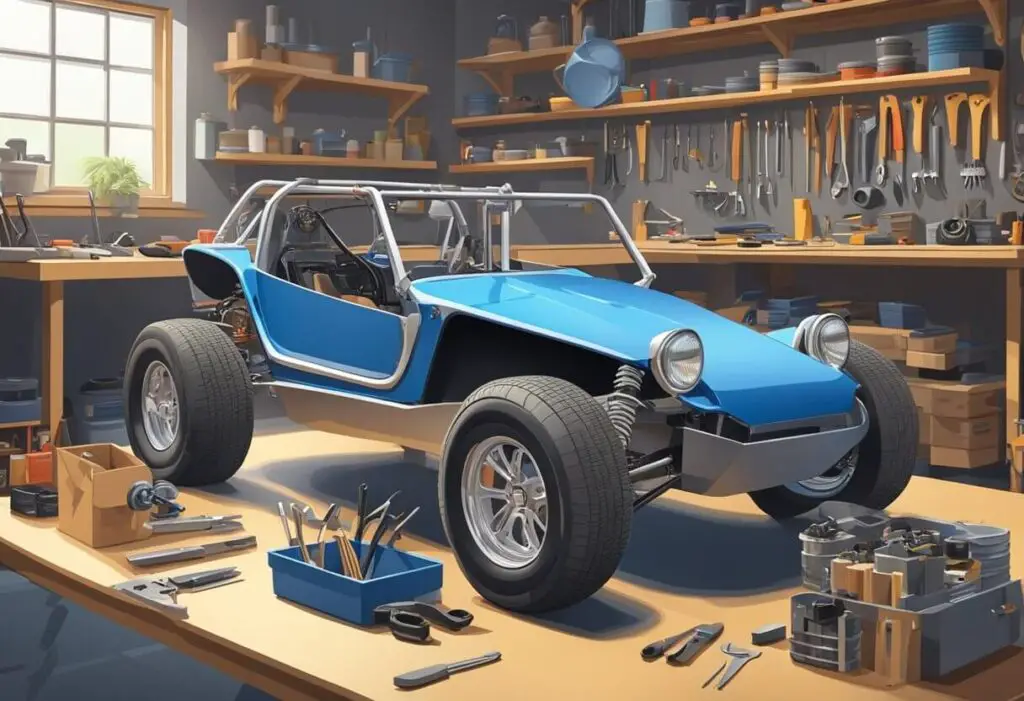
When it comes to building and driving a dune buggy kit car, there are several legal considerations that one must keep in mind. This section will cover the most important legal aspects of owning a dune buggy kit car, including vehicle registration, safety regulations, and insurance requirements.
Vehicle Registration
Before hitting the road, it is important to ensure that your dune buggy kit car is properly registered with the appropriate authorities. The registration process may vary depending on your state or country of residence, but generally, you will need to provide proof of ownership, a bill of sale, and other relevant documents. It is also important to check if your state requires any specific equipment or modifications to make your dune buggy street legal.
Safety Regulations
Safety should always be a top priority when driving a dune buggy kit car. Most states have specific safety regulations that dune buggy owners must adhere to. For example, some states require that dune buggies have certain safety features such as seat belts, roll bars, and lights. It is important to check with your state’s department of motor vehicles or transportation to ensure that your dune buggy is compliant with all relevant safety regulations.
Insurance Requirements
In most states, dune buggy owners are required to have liability insurance coverage. Liability insurance protects you in the event that you are involved in an accident and are found to be at fault. It is important to shop around and compare insurance quotes from different providers to ensure that you are getting the best coverage at the most affordable price.
Overall, owning and driving a dune buggy kit car can be a fun and exciting experience, but it is important to be aware of the legal considerations involved. By following the guidelines outlined in this section, you can ensure that you are driving your dune buggy safely and legally.
Maintenance and Upkeep
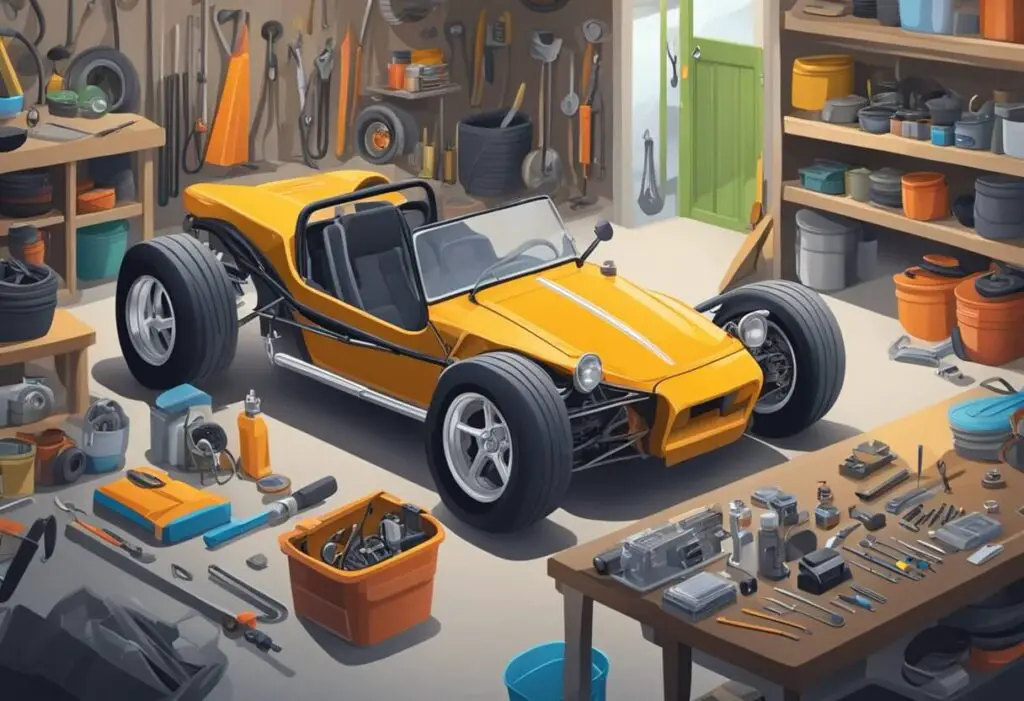
Routine Maintenance
Maintaining a dune buggy kit car is essential to ensure its longevity and optimal performance. Routine maintenance should be performed regularly to keep the vehicle in good condition. The following table outlines some of the routine maintenance tasks that should be performed on a dune buggy kit car:
| Maintenance Task | Frequency |
|---|---|
| Oil and filter change | Every 3,000 miles or as recommended by the manufacturer |
| Air filter replacement | Every 12,000 miles or as recommended by the manufacturer |
| Spark plug replacement | Every 30,000 miles or as recommended by the manufacturer |
| Brake fluid replacement | Every 2 years or as recommended by the manufacturer |
| Tire rotation and balance | Every 5,000 miles or as recommended by the manufacturer |
In addition to these routine maintenance tasks, regular inspections of the vehicle’s brakes, suspension, steering, and electrical systems are also recommended. Any issues should be addressed promptly to prevent further damage to the vehicle.
Repairs and Troubleshooting
Despite regular maintenance, dune buggy kit cars may require repairs from time to time. It is important to troubleshoot any issues and address them promptly to prevent further damage to the vehicle. Common issues that may require repairs include:
- Engine problems: Issues such as misfires, stalling, and rough idling may indicate problems with the engine. These issues should be diagnosed and repaired promptly to prevent further damage to the engine.
- Electrical issues: Electrical problems such as dead batteries, faulty alternators, and bad wiring can cause a variety of issues with the vehicle’s systems. These issues should be addressed promptly to prevent further damage to the vehicle’s electrical system.
- Brake problems: Brake issues such as squeaking, grinding, and pulling to one side may indicate problems with the brake system. These issues should be addressed promptly to prevent accidents and further damage to the vehicle.
When performing repairs, it is important to use high-quality parts and follow the manufacturer’s recommended procedures. If you are unsure about how to perform a repair, it is best to consult a professional mechanic.
Dune Buggy Communities and Events
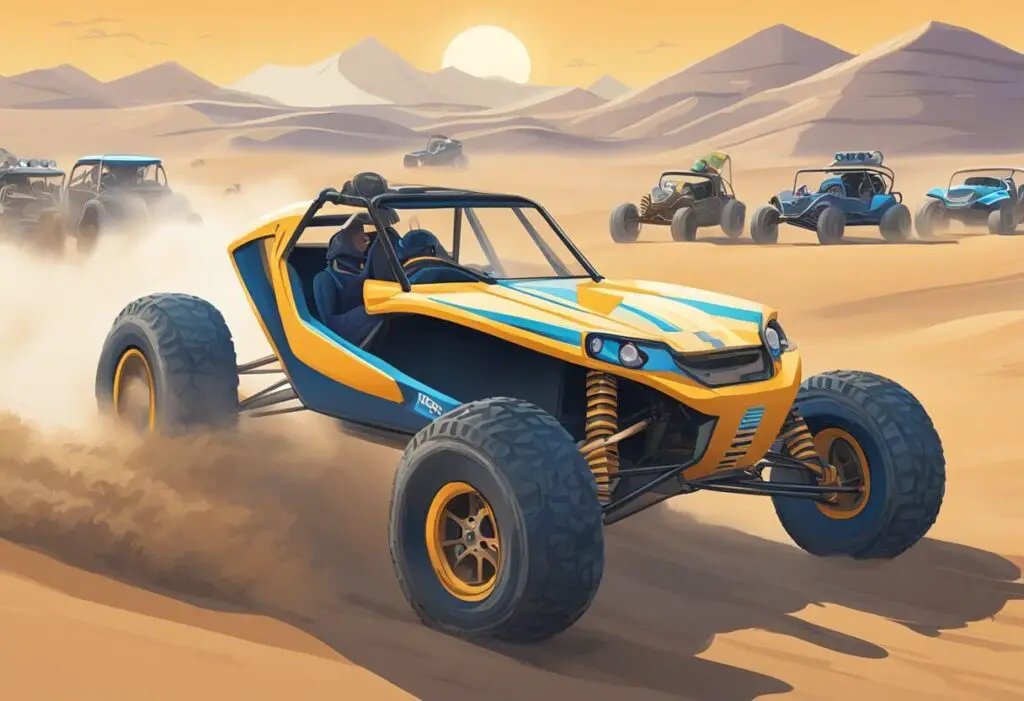
Dune buggy enthusiasts often come together to share their passion for these unique vehicles. There are many online communities and forums where people can discuss their builds, share tips and tricks, and connect with other enthusiasts. Some popular online communities include the Manx Club, Dune Buggy Archives, and Dune Buggy Brothers.
In addition to online communities, there are also many events and gatherings for dune buggy enthusiasts. These events often include car shows, races, and off-road adventures. One popular event is the annual Manx on the Banx, which takes place on the beaches of Nantucket Island. This event attracts hundreds of dune buggy enthusiasts from around the country.
Another popular event is the Michigan Buggy Builders Show, which takes place in Lansing, Michigan. This event features a variety of dune buggies, sand rails, and off-road vehicles. Attendees can meet other enthusiasts, check out the latest builds, and even purchase parts and accessories for their own vehicles.
Overall, dune buggy communities and events provide a great way for enthusiasts to connect with others who share their passion for these unique vehicles. Whether it’s online or in person, these communities and events offer a wealth of knowledge, resources, and camaraderie for anyone interested in dune buggies.
Cost and Budgeting for a Dune Buggy Project
Building a dune buggy can be an exciting project for off-road enthusiasts. However, it’s important to consider the cost and budgeting involved before starting the project. The cost of a dune buggy can vary greatly depending on the type of kit, customization, and maintenance.
Purchasing a Dune Buggy Kit
One of the most significant costs involved in building a dune buggy is the kit itself. Dune buggy kits come in different types, including fiberglass, sand rail, and street legal. The cost of these kits can range from $1,800 to $30,000 or more, depending on the type and quality of the kit.
Customizations
Customizations can add to the cost of a dune buggy project. For instance, choosing a specific color or adding metal flake to the body can increase the cost of the kit. Additionally, adding features like a stereo system, GPS, or a roll cage can also add to the cost.
Maintenance
Maintaining a dune buggy requires regular upkeep, which can add to the overall cost of the project. This includes regular oil changes, tire replacements, and other maintenance tasks. It’s important to factor in these costs when budgeting for the project.
Budgeting Tips
When budgeting for a dune buggy project, it’s essential to be realistic about the costs involved. Here are some tips to help keep costs under control:
- Research different kits and compare prices before making a purchase.
- Consider purchasing used parts or kits to save money.
- Create a budget and stick to it.
- Prioritize essential features and customizations and delay non-essential ones until later.
- Do as much of the work as possible yourself to save on labor costs.
In conclusion, building a dune buggy can be a fun and exciting project for off-road enthusiasts. However, it’s important to consider the costs involved before getting started. By researching different kits, prioritizing essential features, and sticking to a budget, enthusiasts can build a dune buggy that fits their needs and budget.

